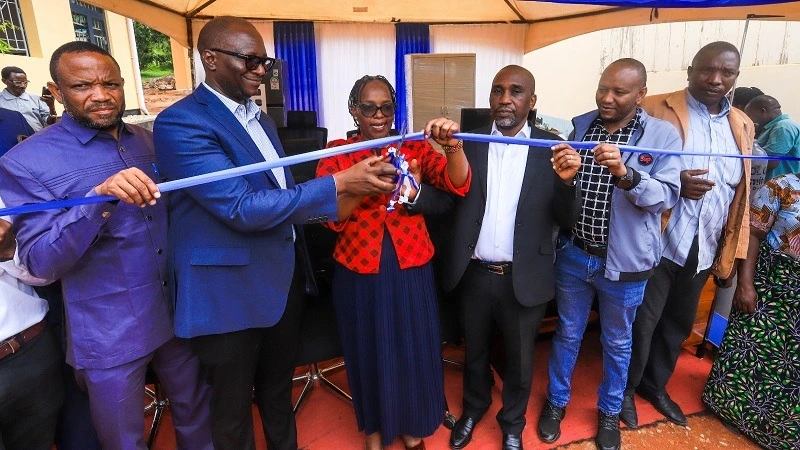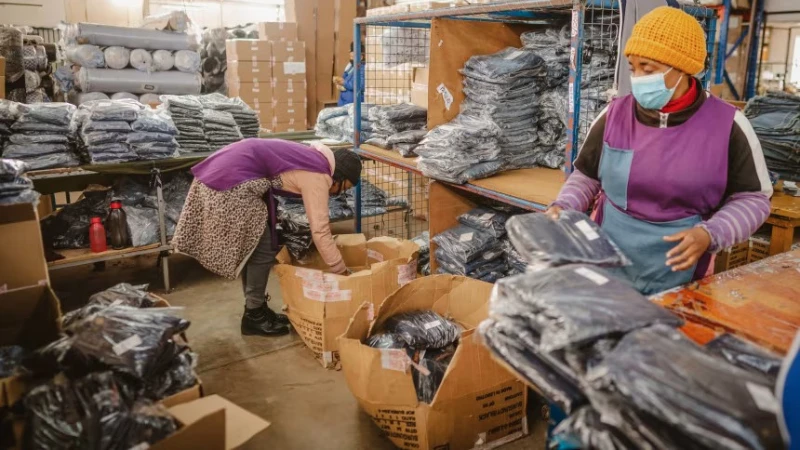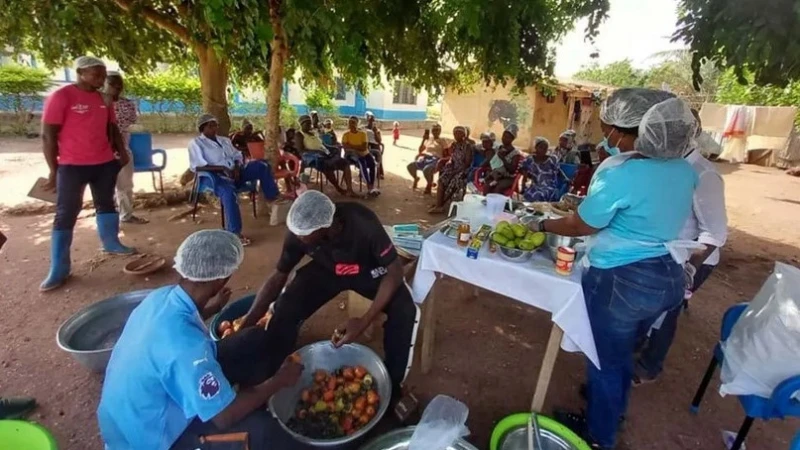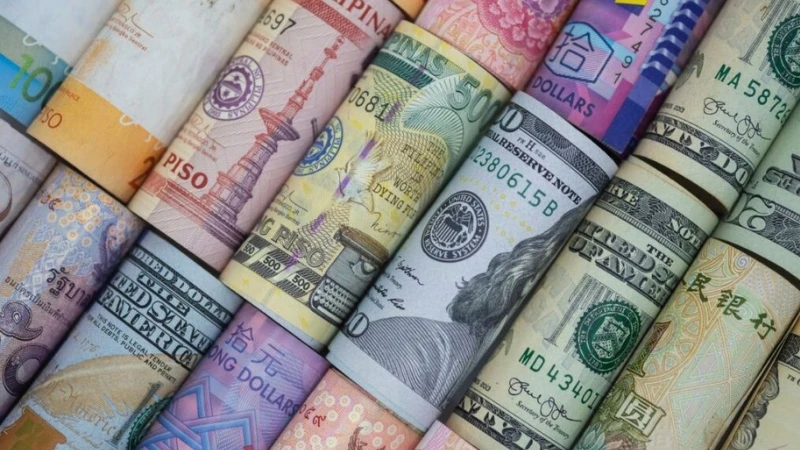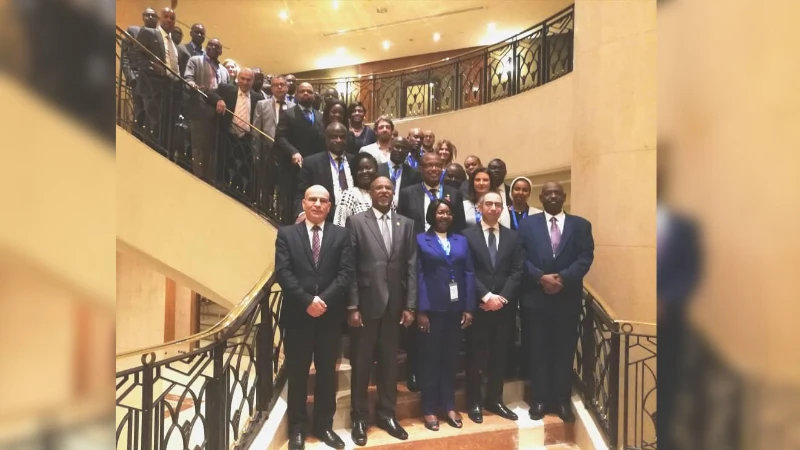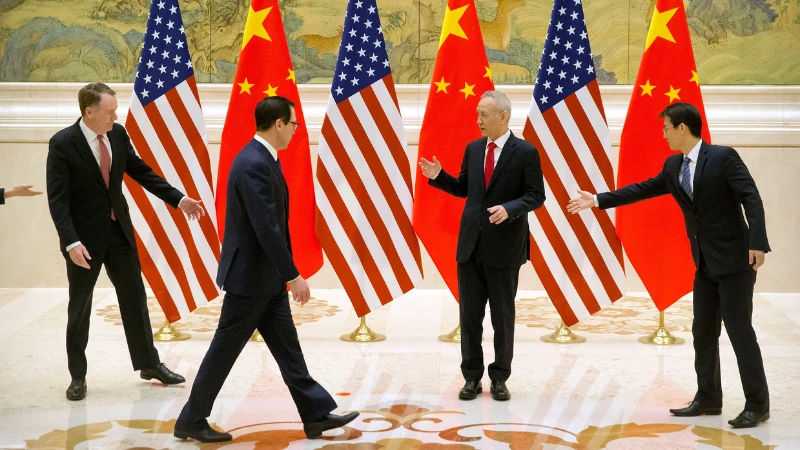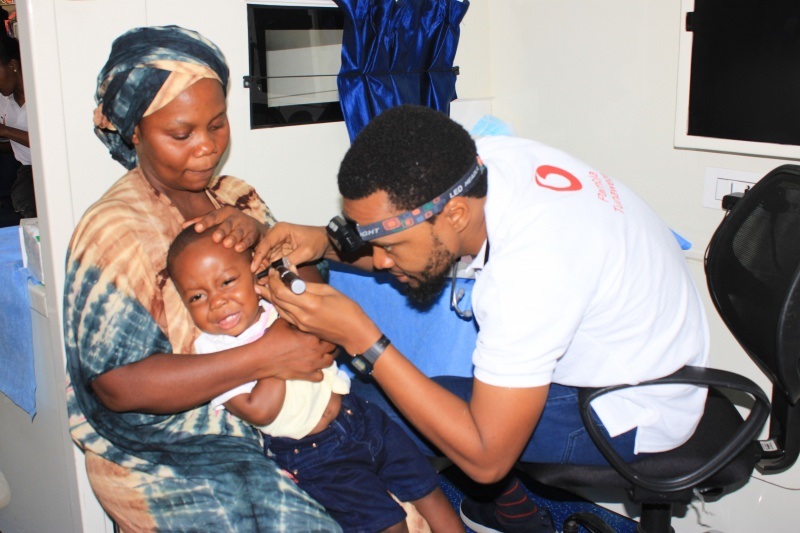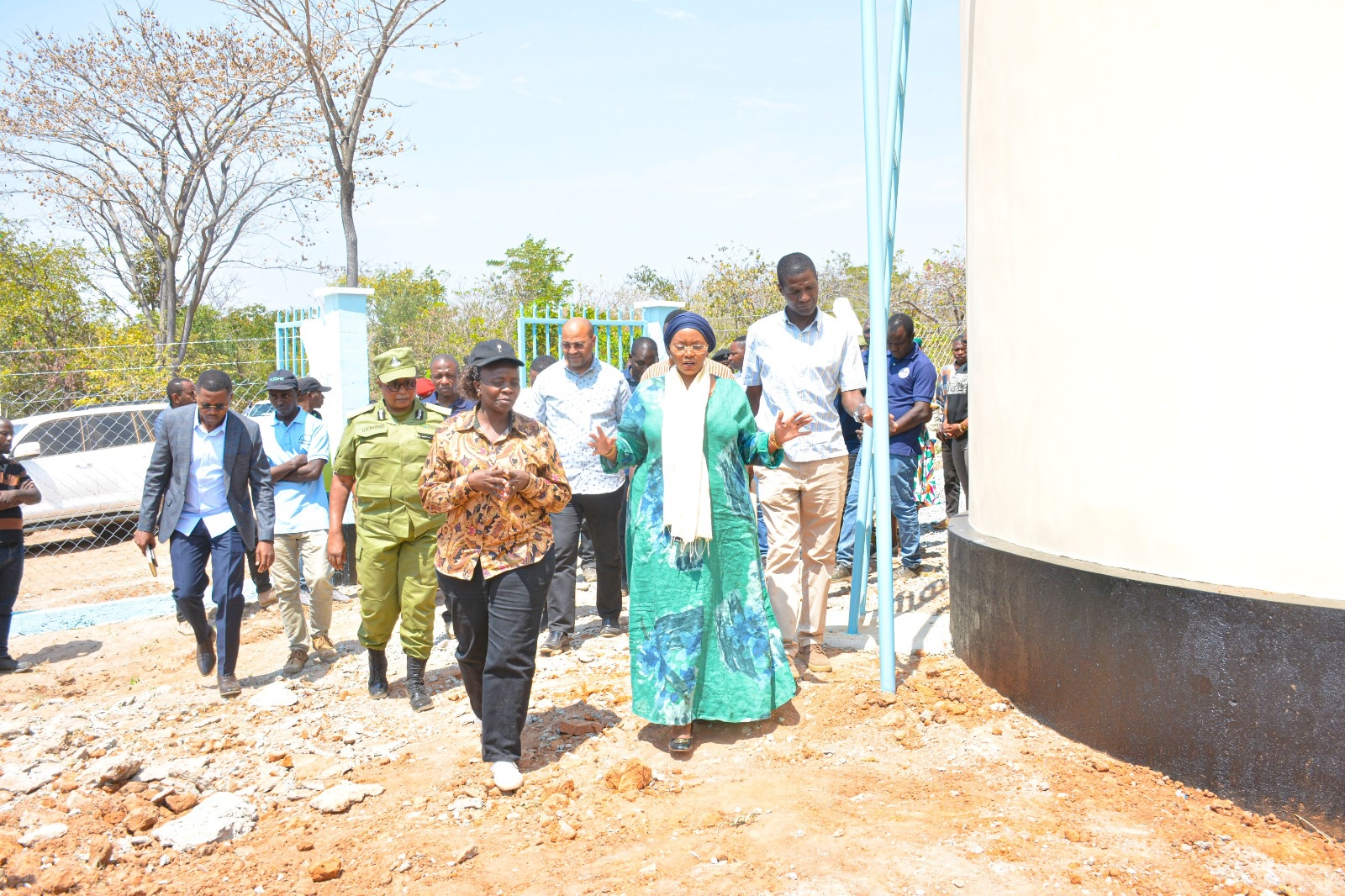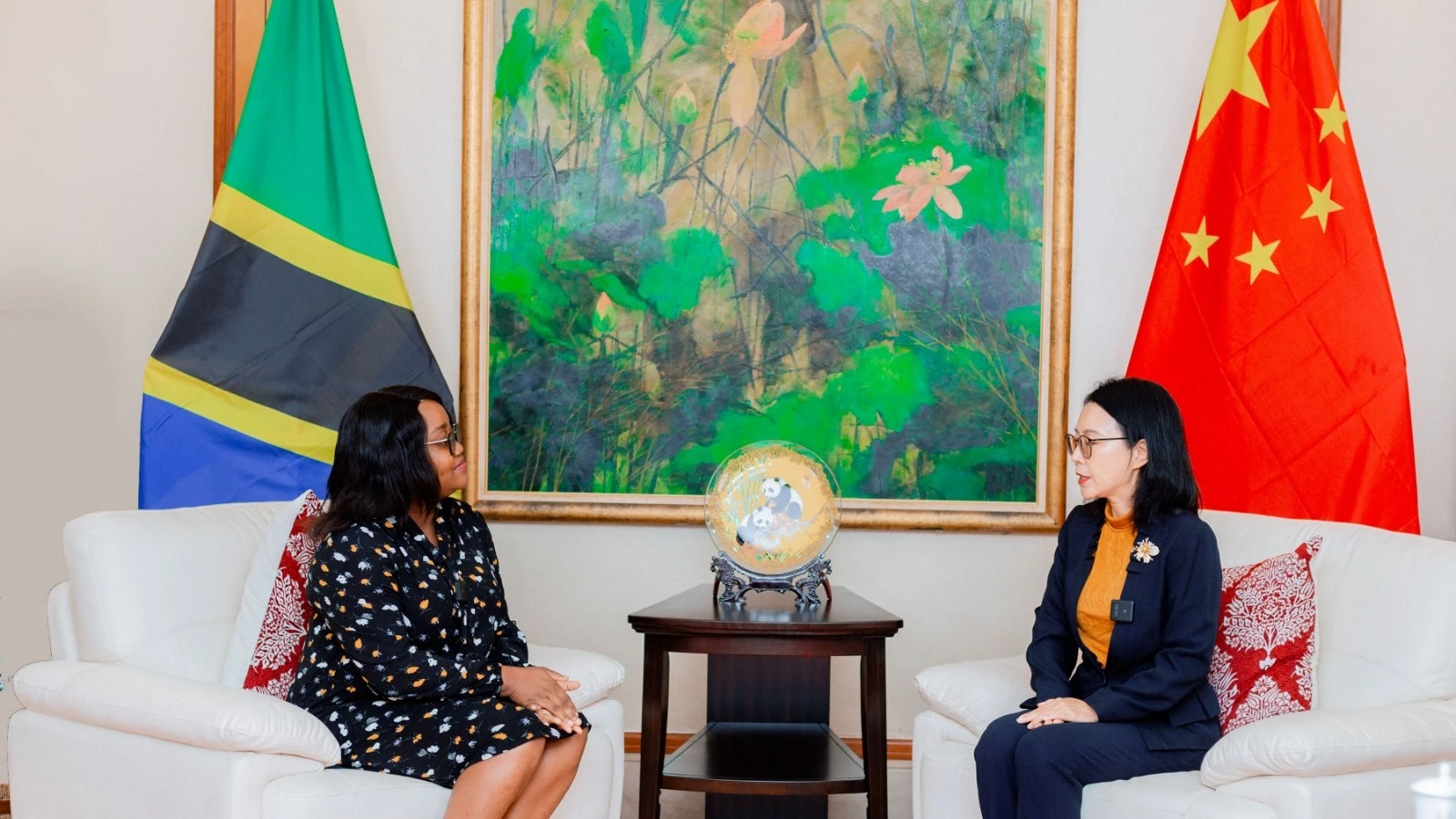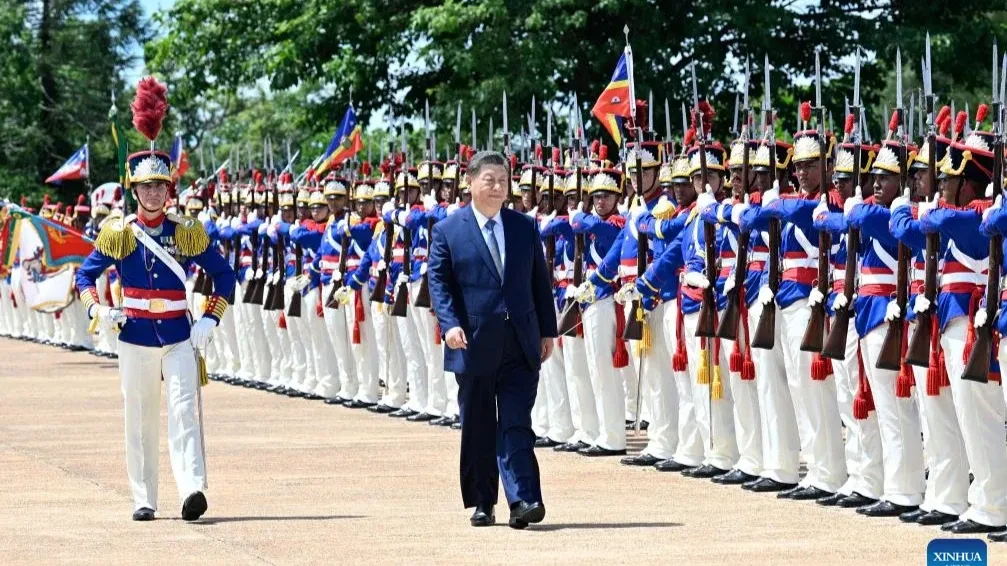EAC achieves significant trade surplus in 2025 as exports surge by 47 percent
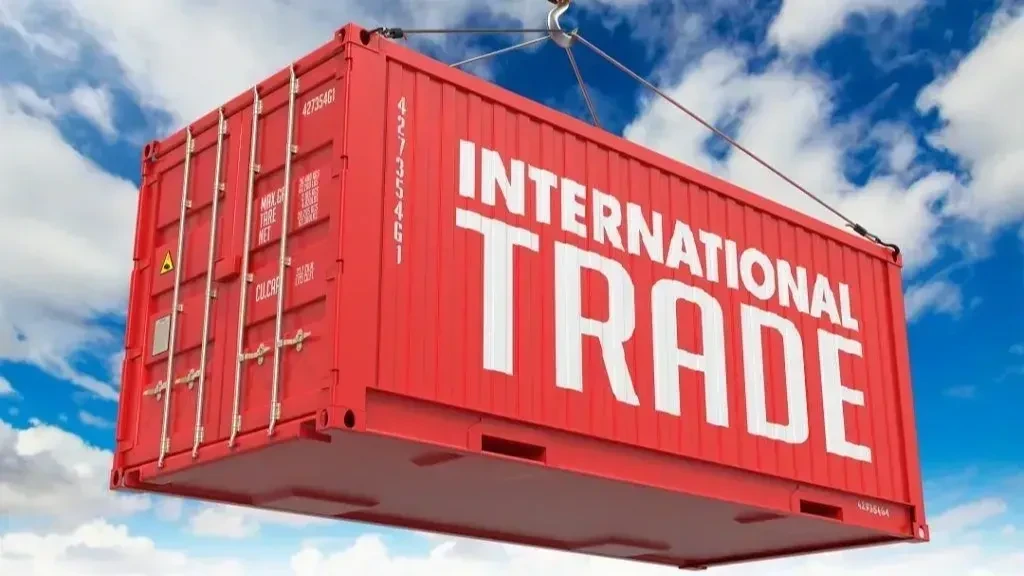
THE East African Community (EAC) has marked a remarkable turnaround in its trade balance, recording a trade surplus of USD 0.8 billion in the first quarter of 2025. This stands in stark contrast to the USD 4.0 billion trade deficit experienced during the same period in 2024, signalling a robust economic shift driven by strong export performance, enhanced intra-African trade, and growing regional competitiveness.
According to the EAC Quarterly Statistics Bulletin for January to March 2025, total exports surged by an impressive 47.3 percent to USD 17.7 billion, while imports saw a modest rise of 4.6 percent to USD 16.8 billion. The Bulletin further detailed that domestic exports grew by 48.1 percent, and re-exports increased by 32.4 percent, underscoring a rise in locally produced and value-added goods.
"Intra-African trade contributed significantly to this outcome," the Bulletin stated. "Trade within the continent grew by 53.9 percent to USD 9.5 billion, now accounting for 27.5 percent of total EAC trade. Intra-EAC trade alone rose by 53.6 percent to USD 5.2 billion, underscoring progress made in regional integration and the removal of trade barriers."
China remains key partner, trade surplus achieved
China maintained its position as the EAC’s largest trading partner during the quarter, followed by the United Arab Emirates, India, South Africa, and Japan. Notably, for the first time in recent reporting periods, the region recorded a trade surplus of USD 1.8 billion with China. This was attributed to a significant increase in exports to the Chinese market coupled with a slight decline in imports from China. Other key export destinations included South Africa, Hong Kong, and Singapore, while imports were primarily dominated by petroleum products, vehicles, machinery, and plastics.
The Bulletin highlighted that trade activity remained concentrated in a few key sectors, with base metals, minerals, agricultural goods, precious stones, and machinery collectively accounting for more than half of the region’s total trade value.
Despite the positive trade figures, inflation remains a key challenge for the EAC. The annual headline inflation in the region, as measured by the Harmonised Consumer Price Index (EAC-HCPI), stood at 27.0 percent in March 2025, a decrease from 30.6 percent in February. However, this figure is significantly higher compared to the 6.7 percent recorded in March 2024. Month-on-month headline inflation was 0.2 percent in March, up from minus 0.5 percent in February 2025.
"The annual average headline inflation for the 2024 calendar year stood at 13.5 percent, up from 6.3 percent in 2023," the Bulletin noted. "This was largely driven by high inflation levels in South Sudan and Burundi, which stood at 99.9 percent and 20.8 percent respectively."
Core inflation, excluding food and energy prices, registered 28.9 percent in March 2025, while food inflation was recorded at 49.4 percent for March 2025, down from 55.6 percent in February 2025. Energy and utility inflation remained relatively stable at 3.3 percent.
On the monetary front, the Bulletin indicated that broad money supply grew by 10.1 percent in the first quarter of 2025, signalling a more liquid financial environment across Partner States. This growth was largely supported by a 21.1 percent increase in net credit to government, reflecting continued fiscal expansion and public sector financing. Credit to the private sector also saw a 5.5 percent rise, suggesting a gradual recovery in private sector activity. Additionally, net foreign assets increased by 18.1 percent, boosted by stronger external inflows, including remittances.
"The distribution of credit across sectors showed mixed but generally positive trends," the bulletin reported. "Agricultural credit rose by 6.6 percent, reflecting support to food systems and agro-processing. Lending to construction and real estate grew by 17.5 percent and 4.8 percent respectively, while credit to wholesale and retail trade increased by 9.6 percent." However, the manufacturing sector registered only marginal credit growth of 0.5 percent.
The household sector continued to be the region’s largest borrower, with outstanding loans of USD 13.8 billion, followed by the wholesale and retail trade sector at USD 7.9 billion.
Top Headlines
© 2025 IPPMEDIA.COM. ALL RIGHTS RESERVED






